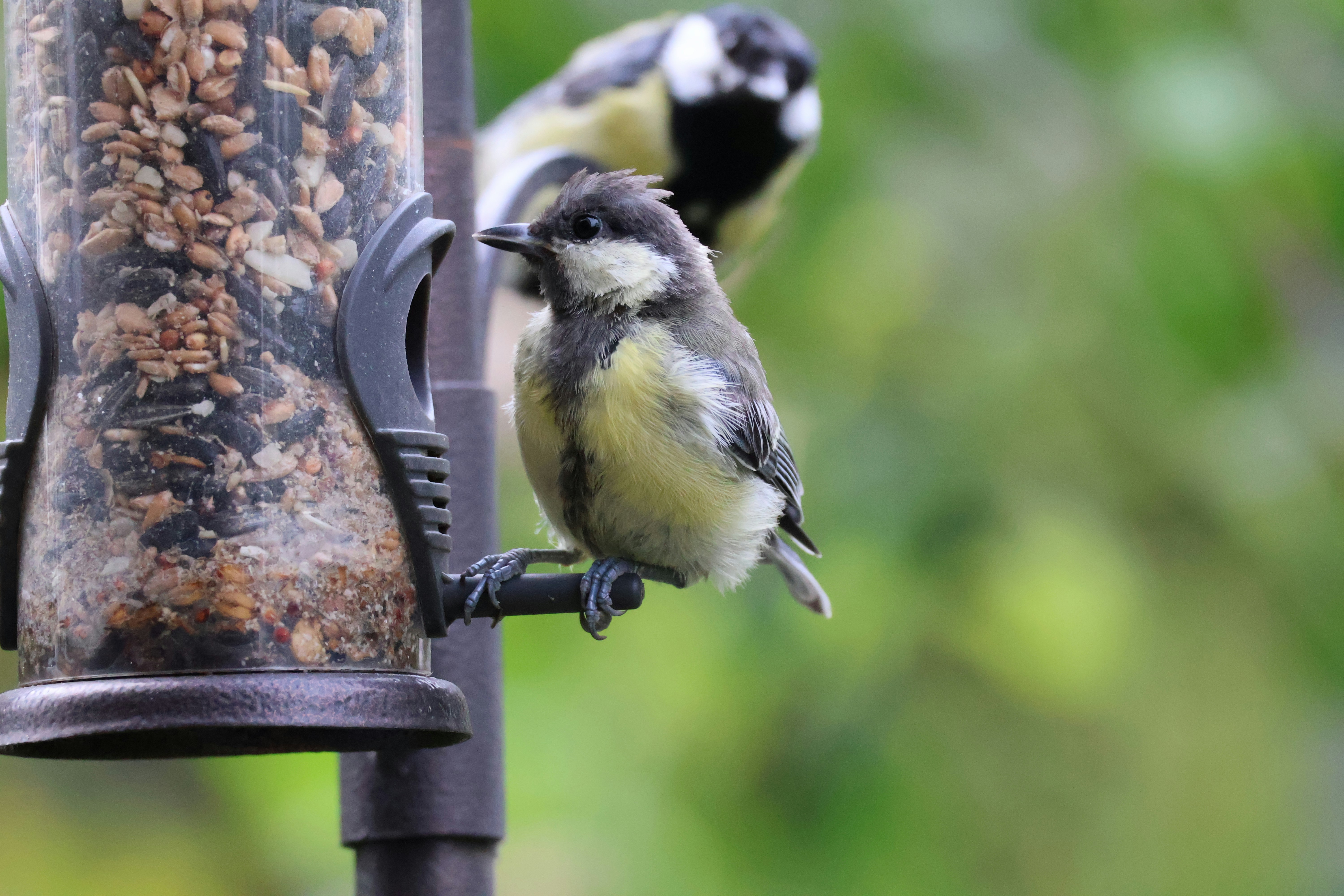Media release
From:
Young birds learn life skills from their older siblings and flock mates
European great tits learn puzzle-solving technique not only from their parents, but from other birds
Newly hatched European great tits learn life skills less from their parents and more from siblings and other flock mates, according to a study published October 9th in the open-access journal PLOS Biology by Sonja Wild of the Max Planck Institute of Animal Behavior, Germany, and colleagues.
In many species, young individuals learn essential life skills by observing or interacting with their parents. But less is known about early learning habits in species with limited parental interactions. In this study, Wild and colleagues observe learning patterns in young European great tits, which spend only a few weeks being dependent on their parents.
51 breeding pairs of birds and their 229 offspring were presented with two-solution feeding puzzles which could be solved by sliding a door either to the left or right. The authors found that young birds were more likely to learn to solve the puzzle if they had parents who were skilled at solving it, suggesting that offspring learned from their parents. However, young birds were most likely to learn from already knowledgeable siblings and non-parental adults with only limited input from parents. In fact, young birds who were not the oldest of their cohort appear to have learned solutions almost entirely (>90%) from their older siblings.
These results provide an example of multi-generational knowledge that does not rely primarily on transmission from parents to offspring, highlighting the importance of siblings and flock mates in the learning process of great tits. The authors suggest that future studies might investigate how learning is influenced by other factors such as environmental conditions and developmental stress.
The authors add, “In many animal species, juveniles rely on their parents for learning behaviors, a process called cultural inheritance that leads to behavioral similarities within family units. Using songbirds as a study system, we show that in species with limited parental care, siblings can be key sources for learning new behaviors, which provides an alternative pathway to cultural inheritance that can explain behavioral similarities in families even with minimal parental input.
“Our fully automated puzzle boxes allowed us to collect high-resolution data on hundreds of micro-chipped birds producing tens of thousands of solves to really disentangle the pathways of learning and the decision-making strategies the juveniles employed during transition to independence.
“Great tits have become a model organism for questions revolving around sociality and learning, but very few studies have focused on the juvenile period even though it is under strong selection and juveniles need to acquire new knowledge efficiently. Accordingly, we did not really know whether juvenile birds would even learn to solve the puzzle but were soon amazed to see how eagerly they participated in our experiments. They went through 33 kg of mealworms in just a few weeks!”



 Australia; International; ACT
Australia; International; ACT



